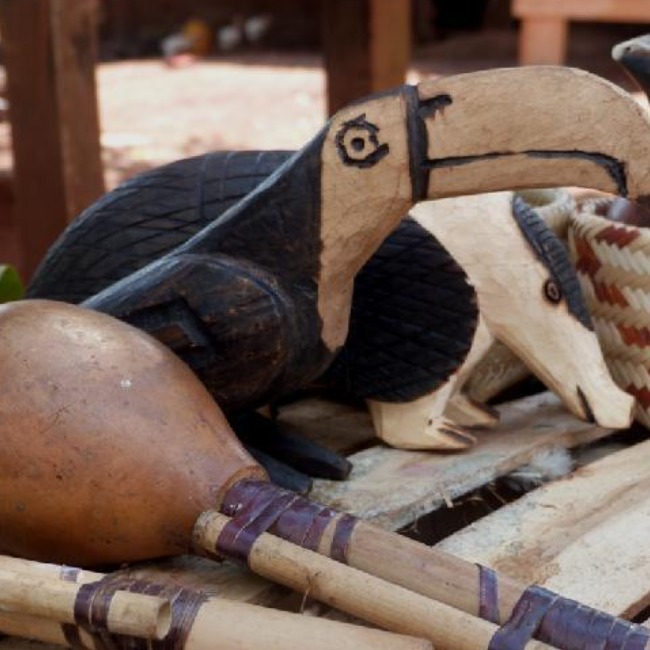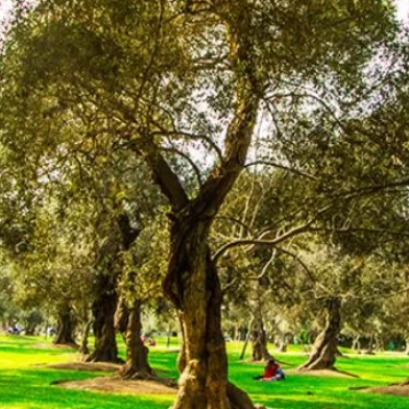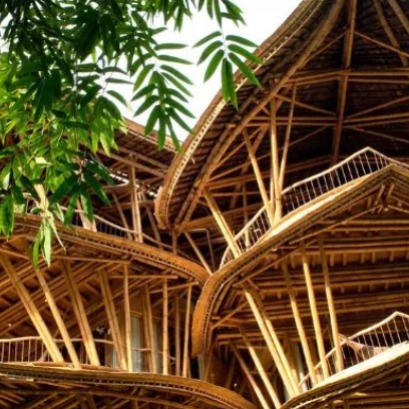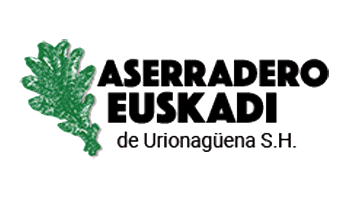
Natural Christmas | Promote responsible purchases at the end of the year parties with sustainable decoration and forest gifts
The network of forest and environmental communicators in Latin America and the Caribbean (Recofalc) set out to promote a campaign that helps demystify the use of artificial trees over the natives. «These occur mainly from oil, generating a high carbon footprint. In addition, its transport to long distances and its posterior waste in tons of plastic and iron aggravate their environmental impact. Opting locally cultivated natural trees not only reduces the impact on emissions, but also fosters local economies and the sustainable use of the earth, ?they highlight from Recofalc.
The environmental value of natural trees The natural trees come from managed plantations in a responsible manner, where areas destined for trade are reforested every year. This practice generates economic and social benefits for producing families and their communities. From the organization, they recommend choosing trees of nearby nurseries and, if possible, produced under organic certifications. CREATIVITY To decorate the home in a sustainable wooden way, it is positioned as a star material for sustainable Christmas decorations. Its characteristics of resistance, unique aesthetic and ability to air conditioning make it a versatile and friendly element with the environment. From wooden holders, rustic or decorated, these artisanal accessories can be made as a family, providing warmth and originality to the home. More and more creative recycling, from glass jars and twigs are transformed into original candlesticks with a natural and personalized touch. The campaign also promotes the purchase of artisanal products made by local communities, such as furniture, ornaments or non -timber forest products. When choosing these gifts, we are supporting the family economy and valuing the culture of the original communities, in addition to reducing our environmental footprint, the organizers underline. This Christmas, the invitation is clear: to give to the planet a more sustainable celebration. Choosing natural trees and forest products is a step towards conscious consumption that benefits both the environment and local communities.
IT MAY INTEREST YOU
 The city in South America that breathes thanks to a thousand olive trees planted in the 17th century
The city in South America that breathes thanks to a thousand olive trees planted in the 17th century
In the heart of South America there is a city that, among the noise and concrete, still breathes thanks to an olive forest
 Nation reinforces prevention and training against forest fires
Nation reinforces prevention and training against forest fires
The director of the Federal Emergency Agency (AFE), Santiago Hardie, referred to the support that the Nation provides in fighting fires. He argued that the majority of igneous sources respond to human interventions and that, therefore, social awareness is a central tool to reduce environmental, material and human damage.
 The South American country that changes construction thanks to an ancient, mega-resistant material: more than steel
The South American country that changes construction thanks to an ancient, mega-resistant material: more than steel
This material that grows in South America creates the most resistant constructions and radically changes the world of architecture One particular building material has been used for millennia by various cultures in South America. This is due to its structural resistance that allows the creation of homes, bridges and shelters. Its archaeological presence shows that it was one of the most valued construction resources in seismic and humid areas.





















